Cricket Trial & Registration Process for Players Above 16 Years
Cricket is one of the most popular sports in the world, and its competitive nature offers great opportunities for talented individuals to showcase their skills. For players aged 16 and above, there is a structured registration, trial, and camp process that allows them to get a chance at a professional level. This process is designed to identify and nurture raw talent, helping players move forward into higher levels of competition, including auctions and national leagues. Here's a detailed explanation of how the registration, trial, camp, and auction system works for such players.
Step 1: Registration
The first step for any interested player above the age of 16 is to register for the program. This can usually be done online or at specific cricket associations or clubs. Registration involves filling out basic personal details such as name, age, contact information, and previous cricket experience. It is essential that the player provides accurate information, as it helps in assessing their suitability for the trial and future camps.
Once registered, players will receive instructions regarding the dates, locations, and any preparation required for the trial process.
Step 2: Trial Process
After completing the registration, the next step is the trial. The trial is typically held at designated venues, which are chosen to evaluate the players' skills in real match conditions. During the trial, players are expected to showcase their cricketing abilities, including batting, bowling, fielding, and fitness.
The trial is conducted by professional coaches and selectors, who observe each player's performance carefully. This is the stage where the players get an opportunity to make a lasting impression. Key aspects such as technique, temperament, fitness level, and the ability to handle pressure are all evaluated. Players who perform well in the trial will be selected to proceed to the next stage — the cricket camp.
Step 3: Cricket Camp (2 Days)
For those who successfully pass the trial, the next phase is the camp. This camp usually lasts for two days and is designed to further assess the players' skills, fitness, and overall cricketing potential. The camp focuses on intensive training, where the players work on improving their game under the guidance of expert coaches and support staff.
Each player in the camp is given specific targets to achieve. These targets could be related to improving batting or bowling performance, building fitness, or mastering specific cricketing techniques. The camp is an opportunity for players to refine their skills and demonstrate their potential in a more controlled environment.
Step 4: Completion of Targets
During the camp, each player is given a set of targets to accomplish. These targets are important because they serve as a measure of how well the player has developed during the camp. Achieving the targets is crucial to move forward in the selection process.
The targets may vary depending on the position of the player. For example, a batsman might have targets related to scoring a certain number of runs in limited overs, while a bowler may be asked to meet specific goals for economy rates or wickets taken. Players who meet or exceed these targets will have a higher chance of moving on to the auction phase.
Step 5: Auction
Once the camp is completed, the players who have met their targets are selected for an auction. This auction is a crucial step, as it determines which players will be selected for the National League. The auction is conducted in a similar way to professional leagues, where teams bid for players based on their performance, skills, and potential.
The auction is an exciting and competitive stage, where players have the opportunity to secure a spot in a national-level cricket league. Once a player is successfully auctioned, they will be signed by a team and get the chance to play in the National League.
Step 6: National League
The final phase of this process is participation in the National League, where players compete at the highest level. The league offers a platform for players to showcase their abilities in front of a larger audience and gain experience in professional cricket. Successful performances in the National League can lead to further opportunities, including international cricket contracts or selection for national teams.
Conclusion This comprehensive process, starting from registration to the national league, is a great opportunity for young cricketers above the age of 16 to kickstart their careers in cricket. It ensures that only the most dedicated and skilled players make it through the various stages and receive the chance to prove themselves at the national level. For aspiring cricketers, the trial, camp, and auction process offers a clear path to success and recognition in the competitive world of professional cricket.
